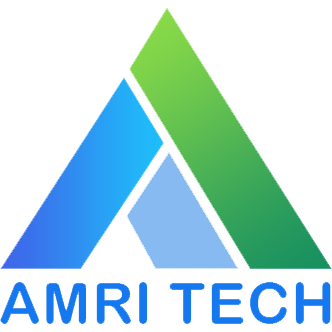ETP and STP water Treatment Plant
- Home
- Products
- ETP and STP water Treatment Plant

Effluent Treatment Plants (ETP):
Sewage Treatment Plants (STP):
Sewage treatment, or domestic wastewater treatment, is the process of removing contaminants from wastewater and household sewage, both runoff (effluents) and domestic. It includes physical, chemical, and biological processes to remove physical, chemical and biological contaminants.
Its objective is to produce a waste stream (or treated effluent) and a solid waste or sludge suitable for discharge or reuse back into the environment. This material is often inadvertently contaminated with many toxic organic and inorganic compounds. Pre-treatment removes materials that can be easily collected from the raw wastewater before they damage or clog the pumps and skimmers of primary treatment clarifiers, for example, trash, tree limbs, leaves, etc.,
The influent sewage water is strained to remove all large objects carried in the sewage stream. This is most commonly done with an automated mechanically raked bar screen in modern plants serving large populations, whilst in smaller or less modern plants a manually cleaned screen may be used this is called as screening.
The raking action of a mechanical bar screen is typically paced according to the accumulation on the bar screens and/or flow rate. The solids are collected and later disposed in a landfill or incinerated. Pre-treatment may include Grit removal in which, a sand or grit channel or chamber where the velocity of the incoming wastewater is carefully controlled to allow sand, grit and stones to settle.
Products List
- Laboratory Plasticware
- Laboratory Glassware
- Laboratory chemicals
- High pressure autoclaves reactors
- S.S High temp Reactor
- Ball mill
- Hot air oven
- High Temperature Furnaces
- Heating mantle
- Oil bath
- Water bath
- Silicon Carbide Heating Elements(SIC)
- Silicon carbide crucibles
- Hot plate
- Hot plate with magnetic stirrer
- PH meter
- TDS meter
- Graphite Crucibles
- 99% Alumina crucibles ,Boat ,Rod, dish, tray, plate &Tubes etc
- Graphite Rod
- Overhead Stirrers
- Metal Product
- AODD PUMP
- ETP/STP water treatment plant
- Hydraulic Pellet Press
